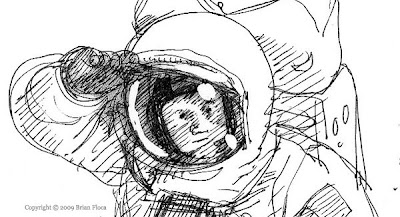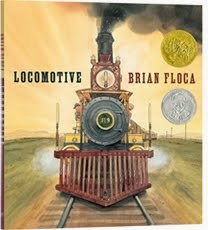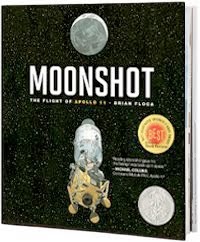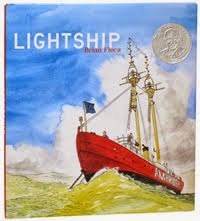
Today, May 18, marks the 40th anniversary of the launch of
Apollo 10.
Apollo 7 made the first manned flight of a Saturn launch vehicle and the first test in space of
Command and Service Modules (the CSM).
Apollo 8 flew to the Moon and entered its orbit.
Apollo 9, in Earth orbit, tested the
Lunar Module (LM) and docked it with the CSM, as astronauts returning from a lunar landing would have to do. On this day Thomas Stafford, John Young, and Gene Cernan set out to put all the pieces together.
First, the astronauts would first fly to the Moon and enter its orbit. From there Stafford and Cernan would fly their LM—designated
Snoopy—to within 50,000 of the lunar surface, scout out the landing site for
Apollo 11, then fly back up to dock with their CSM—designated
Charlie Brown. (In his book
The Last Man on the Moon, Cernan writes, “The image-conscious NASA public relations people who felt that
Gumdrop and
Spider weren’t really serious enough names for the historic value of
Apollo 9 were even more underwhelmed when we obtained permission from Peanuts cartoonist Charles Schulz to christen the
Apollo 10 command module
Charlie Brown and call the lunar module
Snoopy.” If California is in your range, you can see more about Peanuts and Apollo at the exhibit “To the Moon: Snoopy Soars with NASA,” currently running at the
Charles M. Schulz Museum in Santa Rosa, California.) The plan for
Apollo 10 was close enough to an actual landing that there were arguments within NASA for taking it that final step. And yet, there were so many complicated things being done, many still for the first time, all in extraordinary circumstances. The cumulative weight of the never-before-done aspects of the mission, plus the possibility of unknowns, kept
Apollo 10 just above the face of the Moon.
Any flight to the Moon was by definition a nonstop string of extraordinary moments. Most were planned; two on
Apollo 10 were not. The first occurred after
Apollo 10 had left Earth orbit. As the last stage of the Saturn V rocket fired and pushed the astronauts toward the Moon—a maneuver known as Translunar Injection—a vibration began to run through the ship, “so strong that it threw us around in our straps,” Cernan writes. Andrew Chaikin writes in his book
A Man on the Moon, “The vibrations worsened until Stafford could barely read the instruments.... Stafford held the abort button in his left hand; with a twist he could shut down the booster and end the mission. But he told himself, “No way. We’ve come this far—if she blows, then she blows.”” The vibrations continued for a full three minutes. When the engines stopped, so did the shaking, and the mission continued on course.
The second moment occurred as Stafford and Cernan were finishing their swift flight over the Moon. (They soared over the craters and plains at speeds close to 3,700 per hour.) As Stafford and Cernan were preparing to fly
Snoopy back up to the orbiting CSM, the LM abruptly jerked out of control. Suddenly Stafford and Cernan were speeding, pitching, and spinning along, unable to rein in their ship. “
Snoopy went nuts,” Cernan writes. “Things went topsy-turvy and I saw the surface corkscrew through my window, then the knife edge of a horizon, then blackness, then the Moon again, only this time coming from a different direction.” The mission was being broadcast live—which allowed Cernan’s choice words of reaction to be sent unfiltered to the listening audience on Earth. Stafford wrestled back control only seconds before the spinning would have led to a crash. He and Cernan ascended to the rendezvous with the CSM and, after a successful docking, the three astronauts headed home in
Charlie Brown.
Apollo 10 splashed down safely on May 26.
Those tense and dangerous moments notwithstanding,
Apollo 10 was a success. All the necessary machines and maneuvers were now assembled and tested. Stafford, Young, Cernan and the teams at Mission Control had prepared the way for that last remarkable step, for landing on the Moon. Next stop: Mare Tranquillitatis — the Sea of Tranquillity.
Previous mission summaries are
here. Coming next:
Apollo 11.











